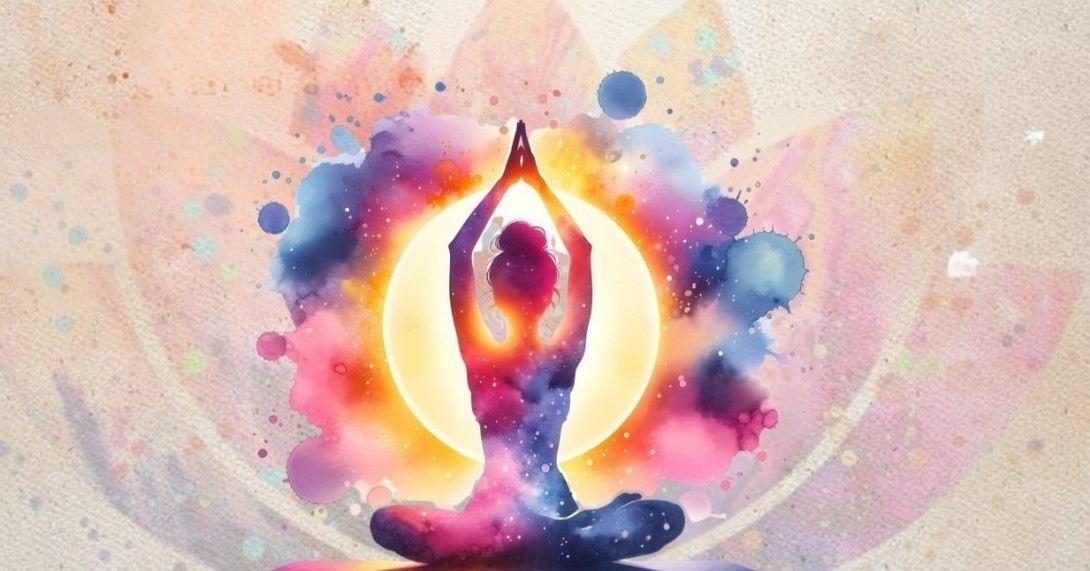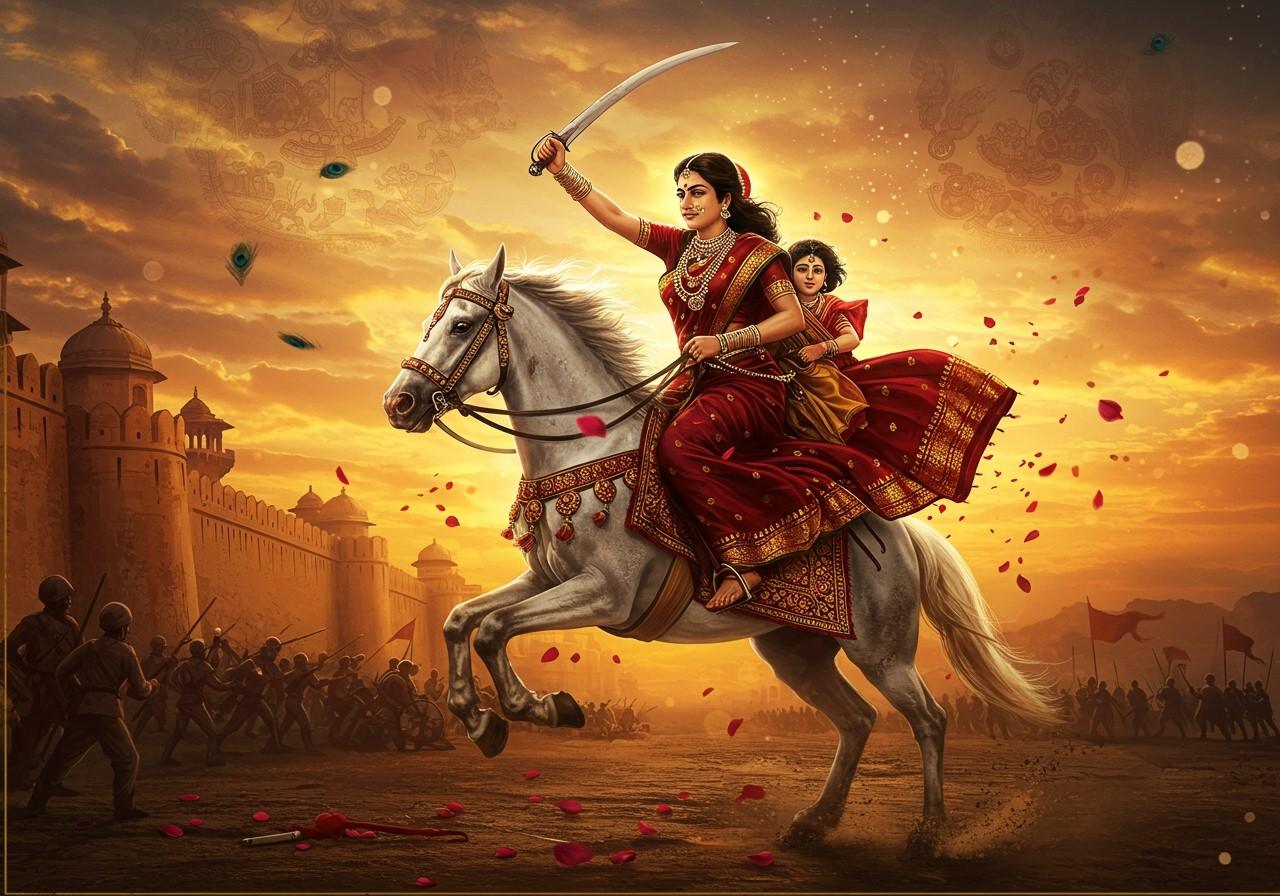By Dr. Bhupendra Kumar Sullere
Observed every year on June 21st, International Yoga Day is not merely a fitness initiative but a global celebration of India’s eternal spiritual tradition. This day marks an effort to establish physical, mental, and spiritual harmony through yoga. Declared by the United Nations General Assembly in 2014, this day has, in a very short span, deeply influenced global consciousness.
Yoga: A Priceless Gift of Indian Cultural Heritage
"Yogaḥ karmasu kauśalam" — the Bhagavad Gita describes yoga not merely as a discipline, but as an art of living. The “Yoga Sutras” authored by Sage Patanjali form the philosophical foundation of this tradition. Yoga is not just a means of keeping the body healthy, but a practice aimed at spiritual purification, concentration of the mind, and progression toward liberation (moksha). It is a practical expression of the Indian philosophy of "Integral Humanism" (Ekatma Manav Darshan).
Establishment of International Yoga Day: A Triumph of India’s Cultural Diplomacy
On 27th September 2014, Prime Minister Narendra Modi proposed at the United Nations General Assembly that June 21st be declared International Yoga Day. The proposal received support from 177 countries within just 90 days, showcasing the effectiveness of India's cultural diplomacy. The choice of June 21st is also symbolic—it is the longest day of the year and marks the beginning of Uttarayan (summer solstice) in Indian tradition.
Impact of Yoga on Global Health
Various global health institutions including the WHO have acknowledged that yoga:
Is beneficial in managing stress and depression
Helps control lifestyle diseases such as hypertension, diabetes, and obesity
Enhances immunity
Aids in mental balance and concentration
During the COVID-19 pandemic, yoga significantly helped millions in maintaining mental equilibrium and boosting immunity.
Role of Yoga in Tribal and Rural India
Yoga has never been limited to urban elites. In tribal areas, traditional forms of yoga—such as meditation, pranayama, sun worship, and breathing practices like anulom-vilom—have been prevalent for centuries. These are now being institutionalized into scientific yoga practices. Tribal welfare centers, ashram schools, and single-teacher schools (Ekal Vidyalayas) are increasingly using yoga education as a means for social transformation.
Strategic and Cultural Importance of Yoga for India
1. Restoration of cultural identity
2. Propagation of the spirit of "Vasudhaiva Kutumbakam" (the world is one family)
3. Enhancing India’s global image through soft power
4. Promoting health tourism, Ayurveda, and traditional medicine under the Atmanirbhar Bharat (Self-Reliant India) campaign
Yoga in the 21st Century: Challenges and Opportunities
The commercialization of yoga and its reduction to a mere “fitness product” threatens its spiritual essence
Western misinterpretations sometimes associate yoga with a particular religion, distorting its universal appeal
There is a pressing need to present the authentic Indian yoga tradition on a scientific and global platform
International Yoga Day is not just an event—it is a global declaration of India’s philosophy of lifestyle, health, and spirituality. It is a moment when the world learns from India — the path of restraint, balance, and self-realization. For India, it is a golden opportunity to merge its ancient wisdom with modern innovation and lead a cultural renaissance on the world stage.






